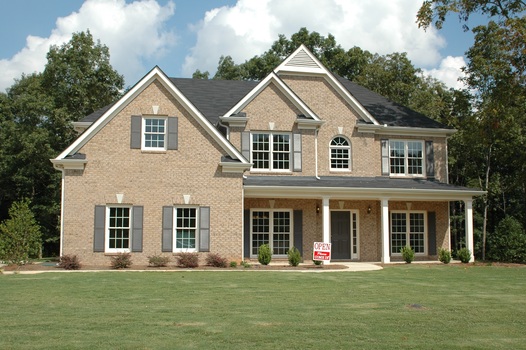
There is a growing debate about whether or not the U.S. is experiencing a real estate bubble and, if in a bubble, is it about to pop? This comes on the back of rising home prices to near-peak levels. More people are asking, how high can prices go? And how much more can people afford to pay for housing costs (mortgages and rents)? RealEstateOrbit.com presents some of the reasons each camp uses to defend their point of view.
Housing is in a Bubble and will Soon Pop
Proponents of this opinion point to the following:
1.) High Prices: Five years of consistently strong price appreciation, which is outstripping income gains.
2.) Low Interest Rates: Historically low rates, which maybe about to rise.
3.) Global Turmoil: Economic volatility, such as the softening of the Chinese economy, the UK’s vote to exit the European Union (BREXIT) and low oil prices, possibly prompting overseas investors to be more conservative with their acquisition of U.S. assets.
4.) Election Year: Political uncertainty in the U.S. associated with a presidential election, which will usher in a new administration.
Basically, the general line of thought is that the ideal circumstances that led to the current strong real estate market (low property prices, low interest rates, global economic recovery, etc.) maybe about to change, which could severely disrupt all classes of the property market.
No Housing Bubble Argument
On the other hand, there is an opinion that dismisses talk of a bubble, while acknowledging the potential for a “correction” in some markets in the near future. Proponents of this view believe that the factors leading to the last real-estate driven financial crisis of 2008 have been addressed and are largely absent from today’s real estate market. This crowd points to the following:
1.) Subprime Mortgages: According to a piece in U.S. News & World Report, there were only $56 billion in subprime loan originations in 2015, 91% lower than the $620 billion in subprime loan originations in 2005.
2.) Demand: In 2005, there were 1.28 million new single family home sales, a 61-year high. In contrast, there were only 500,000 new single family home sales in 2015, which is approximately the same number of new homes sold in 1968 when there were 121 million fewer people in the U.S.
3.) Low Interest Rates: Even if the Fed raises interest rates, they will still be relatively very low by historical standards and shouldn’t lead to a market crash.
4.) Local Bubbles: Prices in some property markets such as New York and San Francisco are well above their historic averages in relation to income, while the rest of the country is around its historic price/income levels. The Economist has a fascinating interactive chart (see below), which shows that home prices in San Francisco are about 43% higher than their historic averages when compared to income. However, average U.S. home prices are only about 8% higher than their historic averages when compared to income. You can select your own local markets on the chart.
http://www.economist.com/blogs/graphicdetail/2016/08/daily-chart-20